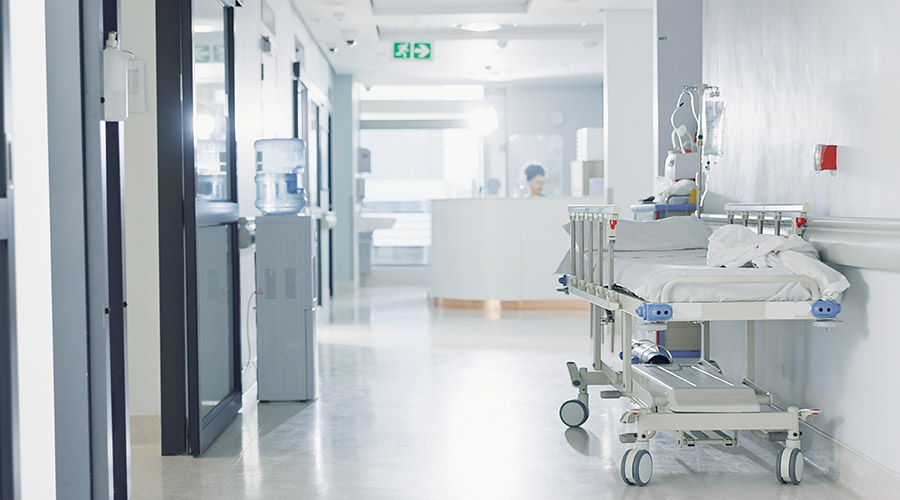Smartway2, a next-generation technology company specializing in workspace scheduling solutions, identified major trends that will help shape the workplace in 2020 into a more agile environment to attract, retain and motivate talent. The increasing demands of a multi-generational and mobile workforce are helping to drive these trends.
“The workplace has been undergoing major changes, with employees splitting their workdays between home and headquarters, working flex-time and sharing office space,” said John Anderson, CEO, Smartway2. “To foster a positive work environment and improve the employee experience, organizations must address the different needs and work styles of their valued employees. In 2020 we’ll see a heightened focus on creating agile, flexible work environments to not only attract and engage workers, but also to increase their productivity.”
According to IWG’s Global Workplace Survey, 67% of business leaders believe that flexibility can improve productivity by at least 20%. The study also found that 80% of people, when faced with two similar employment offers, would turn down the one that didn’t offer flexible working.
Smartway2 has identified the following three key agile workplace trends that will increase flexibility and shape the workplace in 2020:
• HR, facilities managers and IT will become the new employee experience (EX) designers
Facilities, HR and IT professionals have stepped firmly out of the back office as their roles are becoming more strategic. They will find their impact rising exponentially as they support high-level corporate goals like innovation, productivity, collaboration, talent attraction and retention. In 2020 and beyond, these functions will collaborate to implement new ways of working in order to contribute to these high-level EX goals.
• Activity-Based Working will become all the rage
Activity-Based Working (ABW), a strategic approach for creating a more agile workplace, is expected to grow in popularity in the coming year. In this practice, organizations offer a variety of spaces for employees based on the activities at hand, such as huddle rooms and bean bag areas for collaboration, pods for quiet concentration and open plan areas to spark spontaneous conversations.
• The rise of design thinking in the workplace
Design thinking uses a creative process to solve problems and promote effective innovation. Design thinkers question assumptions, collaborate and build prototypes as early as possible to test ideas and get feedback. In 2020, organizations that adopt a test-and-learn approach, using data to make better, faster decisions, will see the greatest success from agile working.
 Healthcare Real Estate: Challenges and Industry Shifts for 2025
Healthcare Real Estate: Challenges and Industry Shifts for 2025 Geisinger to Build $32 Million Cancer Center in Pennsylvania
Geisinger to Build $32 Million Cancer Center in Pennsylvania Sunflower Medical Group Experiences Data Breach
Sunflower Medical Group Experiences Data Breach Strategies to Eradicate Biofilm Containing C. Auris
Strategies to Eradicate Biofilm Containing C. Auris Man Attacks Nurses, Police Officer at Jefferson Hospital
Man Attacks Nurses, Police Officer at Jefferson Hospital